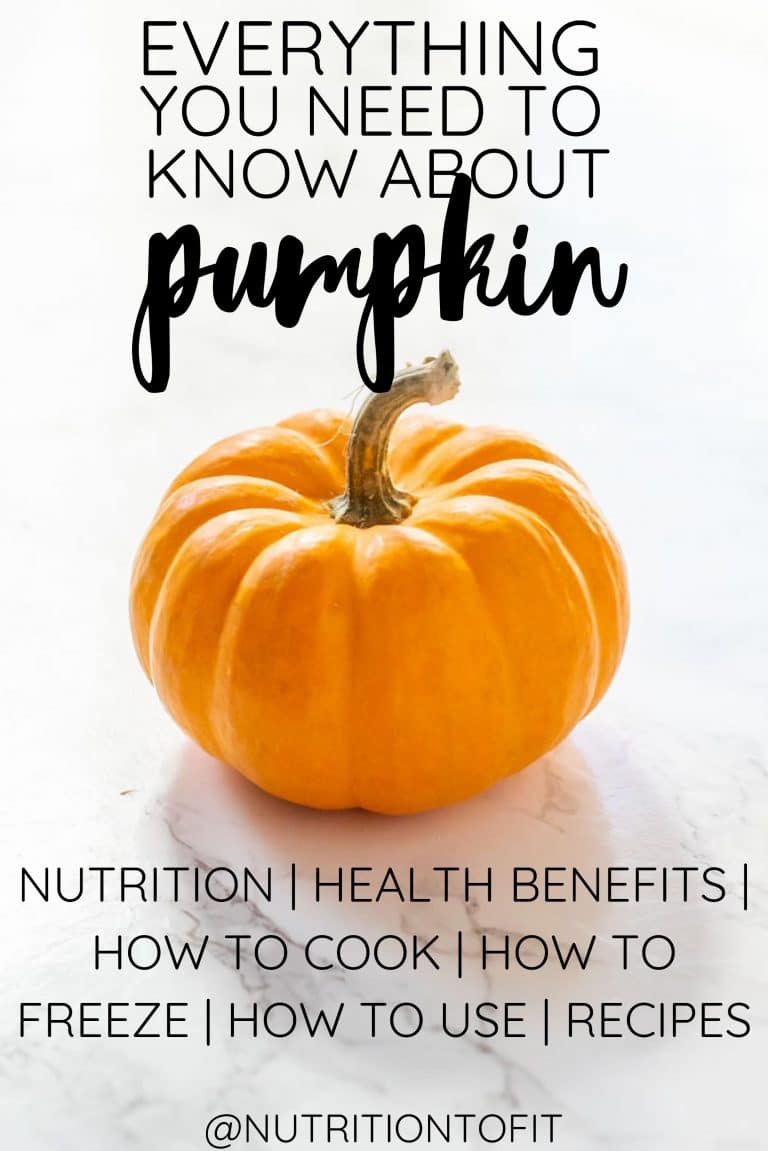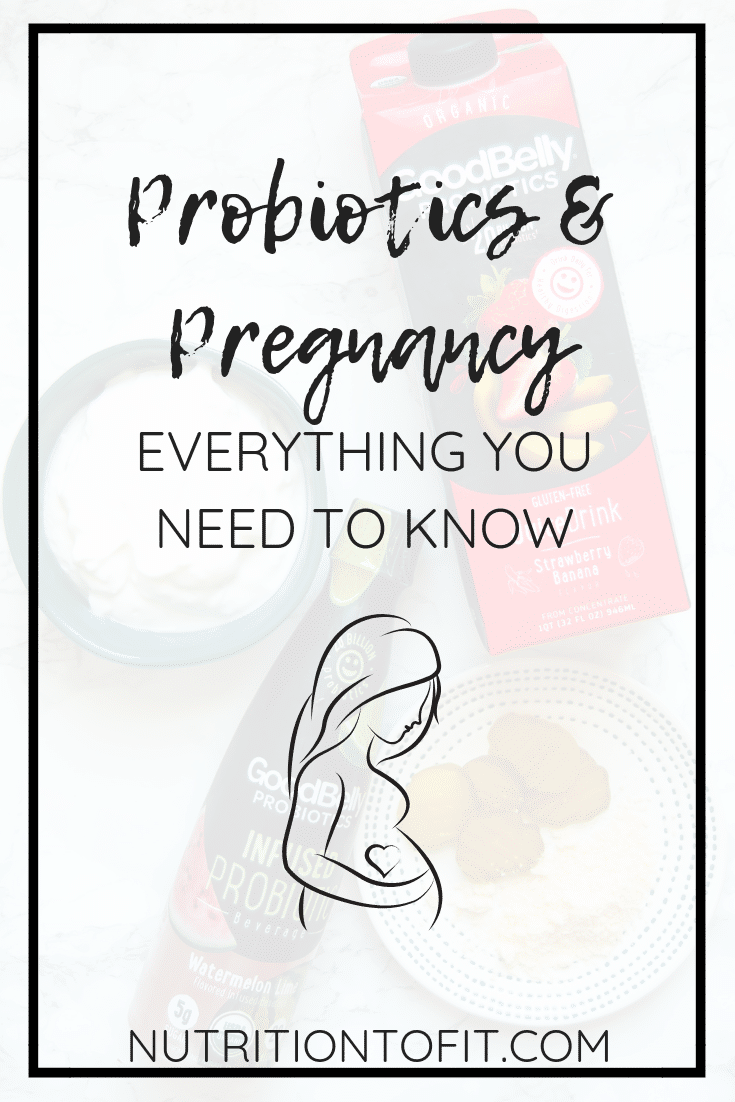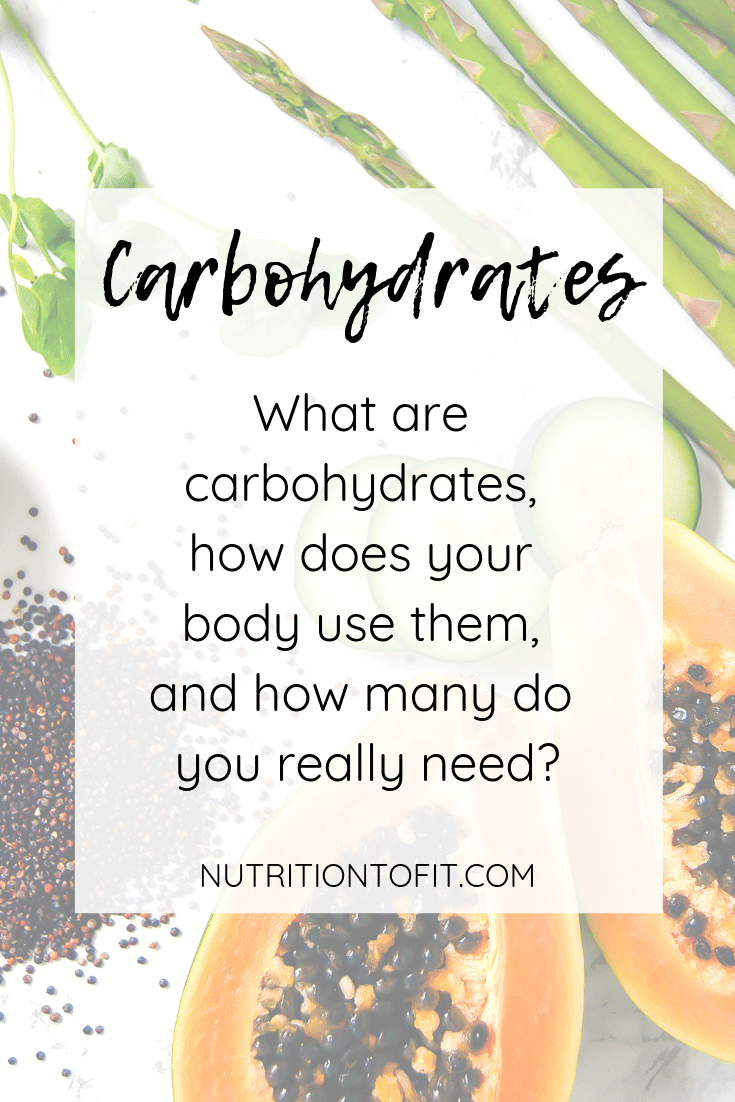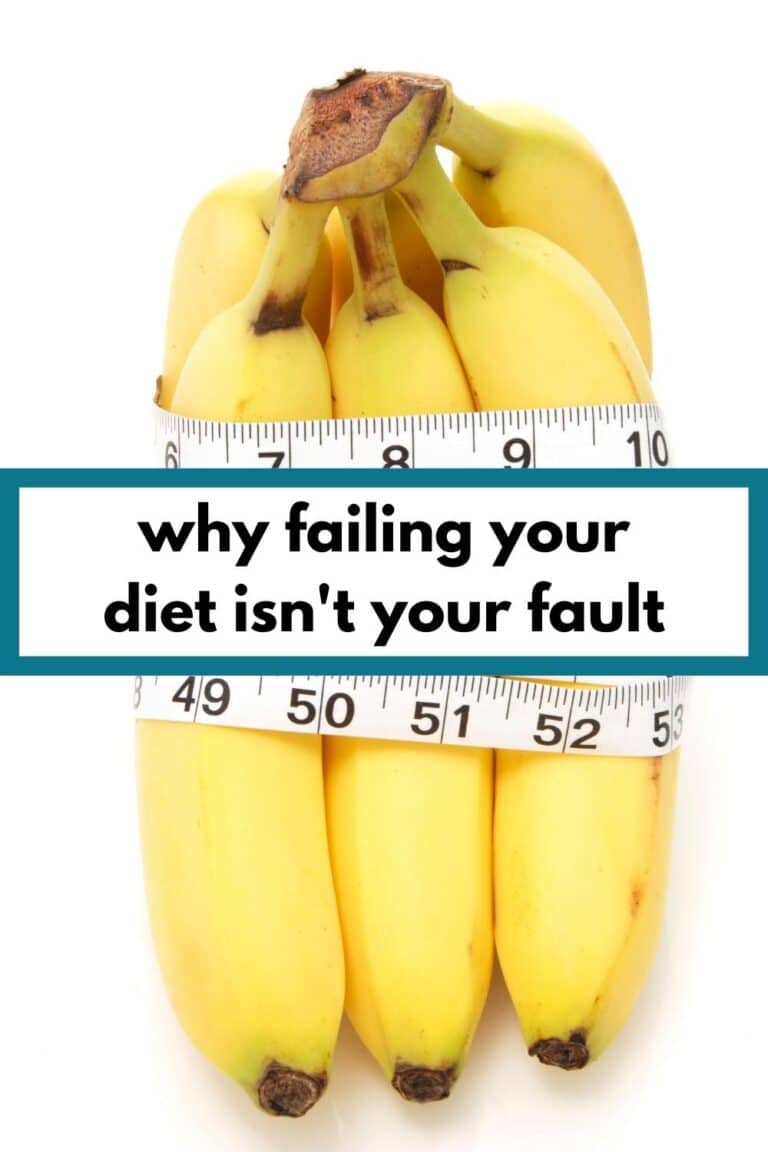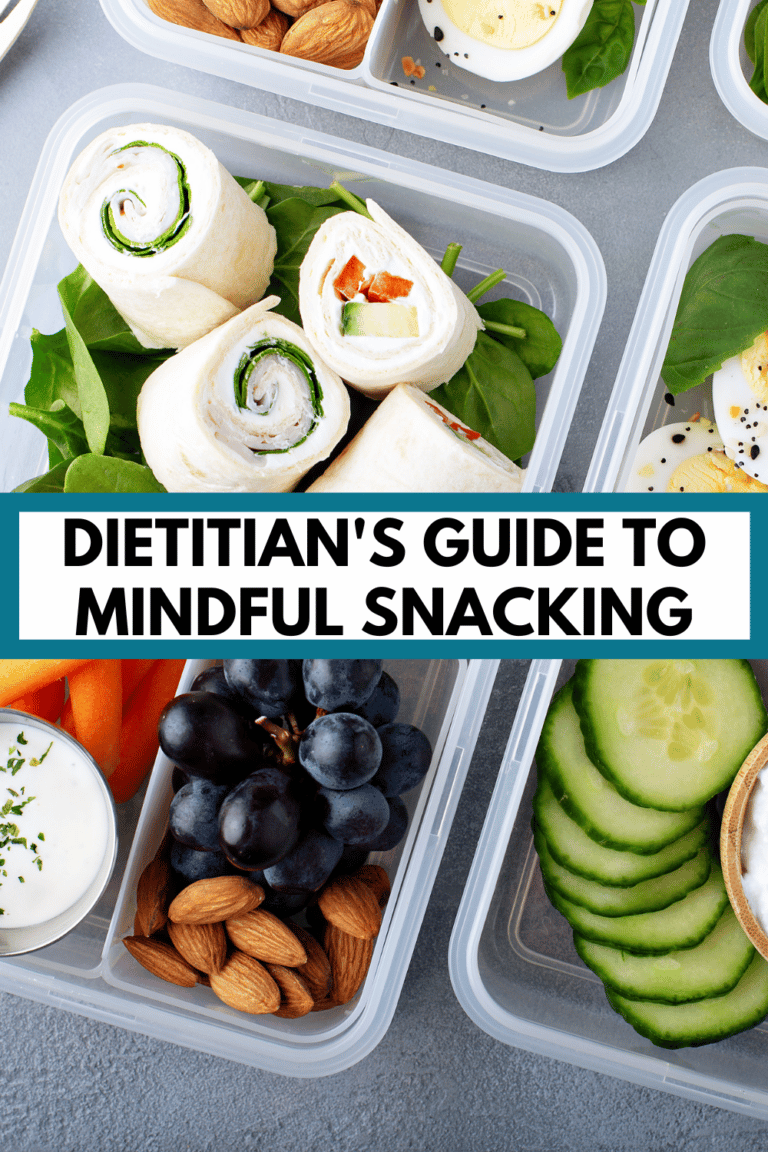Protein: Everything You Need to Know
Protein is a popular question topic from clients, friends, and readers who are interested in a healthy lifestyle. So we’re taking a look at what protein is, amino acids, the role of protein in the body, how much protein you need, possible dangers of too much protein, and food sources of protein (with recipes!).
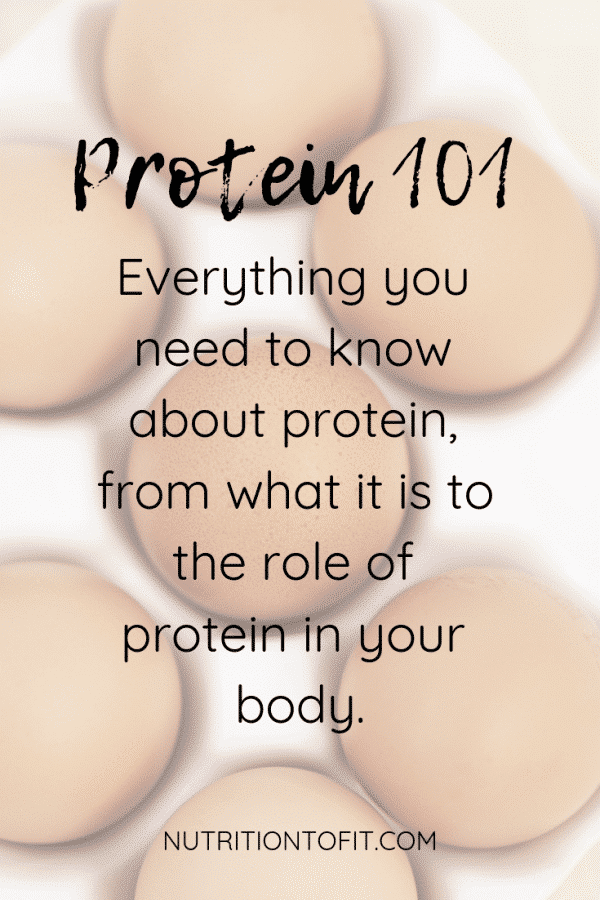
What is Protein?
Protein is a macronutrient (along with carbohydrates and lipids, or fats) that is essential to human life. Why? Protein is the structure that is found in every cell in your body.
You can find protein all through your body, from your muscle, bone, skin, hair, tissues, enzymes, hormones, tendons, organs, and neurotransmitters.
What are Amino Acids?
Amino acids are often dubbed the “building blocks” of our cells. Amino acids are small molecules linked by peptide bonds to form a myriad of protein structures, all with different functions. Think of protein as a beaded necklace and amino acids are the individual beads linked together by the chain or thread (the peptide bond).

There are twenty amino acids that form all the various types of proteins. These amino acids are classified as either essential or non-essential amino acids.
Essential Amino Acids
Essential amino acids are considered essential because we must consume them from our diets, as our bodies cannot make them naturally. All essential amino acids are important for basic health functions.
There are nine essential amino acids:histidine, isoleucine, leucine, lysine, methionine, phenylalanine, threonine, tryptophan, and valine.
Foods that contain all nine essential amino acids are called complete proteins. Examples of complete proteins include meat, poultry, fish, eggs, buckwheat, soy, dairy, whey, chia seeds, and quinoa.
Non-Essential Amino Acids
Unlike essential amino acids, non-essential amino acids can be produced by our bodies on its own. They’re also important for basic health functions, like supporting metabolism, aiding in healthy digestion, and helping maintain healthy body tissue.
There are eleven non-essential amino acids: alanine, arginine, asparagine, aspartic acid, cysteine, glutamic acid, glutamine, glycine, proline, serine, and tyrosine.
Conditionally Essential Amino Acids
There is also a category of amino acids that are conditionally essential. These conditionally essential amino acids are typically classified as non-essential amino acids, but during times of illness and stress these amino acids become conditionally essential, as our bodies can’t naturally produce enough during these circumstances.
While there does some to be some debate as to which amino acids are considered conditionally essential (and in what amounts), conditionally essential amino acids are often said to include arginine, cysteine, glutamine, glycine, ornithine, proline, serine, and tyrosine.
Functions of Protein in the Body
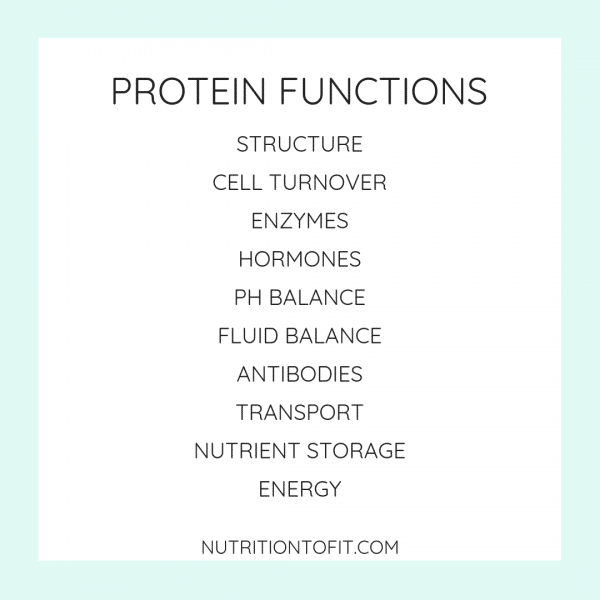
Now, how does the body use protein? The role of protein in the body is actually pretty diverse, part of many processes.
- Structure. Some proteins, like collagen, elastin, and keratin, are more fibrous and provide structure to your cells and tissues.
- Cell Turnover. Your body is constantly turning over cells, and thus protein, so one of the main functions of protein is in this process of cell growth and repair.
- Enzymes. Enzymes are proteins that help thousands of biochemical reactions inside and outside your cells. Sometimes enzymes need other vitamins and minerals to aid the reaction. Types of reactions enzymes are needed for include:
- Energy production.
- Blood clotting.
- Digestion.
- Muscle contraction.
- Hormones. Did you know hormones are proteins? Think of hormones as tiny little messengers that send signals between your cells, organs, and tissues. Hormones alone serve many different purposes like helping with sleep and metabolism, insulin, signaling kidneys to reabsorb water, sex hormones, amongst many others.
- pH Regulation. Despite seeing different claims for alkaline diets or even alkaline water, your body is very capable of regulating its pH, or acid/ base balance, all on its own. While there are several pH balancing mechanisms in place, proteins are one of them (i.e. hemoglobin in red blood cells).
- Fluid Balance. There are blood proteins, namely albumin and globulin, that work to regulate the fluid balance in your body by attracting and retaining fluid.
- Antibodies. Antibodies are blood proteins that help fight foreign invaders like bacteria and viruses, and play a key role in your body’s immune system.
- Transport. Different proteins help transport substances throughout your body. Examples include hemoglobin ( protein that transports oxygen from the lungs to tissues throughout your body) and lipoproteins (transports fats and cholesterol throughout your blood).
- Nutrient Storage. Various proteins in the body help store nutrients, like ferritin that stores iron.
- Energy. Like it’s other macronutrients (carbohydrates and lipids), protein provides the body with energy. Specifically, it provides four calories per gram. It is important to note, though, that your body prefers to use carbohydrates and fat for fuel and typically turns to protein for fuel (i.e. muscle breakdown) during periods of prolonged fasting, starvation, or prolonged inadequate calorie intake.
How Much Protein Do You Need?
The Daily Recommended Intake for protein is 0.8 grams protein per kilogram body weight (or about 0.36 grams protein per pound body weight).
This works out to about 46 grams protein for the average sedentary woman and 56 grams protein for the average sedentary man.
However, food for thought – many health professionals recommend higher amounts of protein than this. According to the Institute of Medicine, the Acceptable Macronutrient Distribution Range (AMDR) for protein is 10-35% of daily calories from protein. Based on a 2,000 calorie diet, the low end of the AMDR breaks down to 50 grams protein – higher than the DRI of 46 grams protein for the average woman.
Some individuals and life situations will require greater protein needs:
- Pregnant women
- Breastfeeding women
- Endurance athletes
- Those with physically demanding jobs
- Older adults
- Those with recent injury or surgery
Is There Such a Thing as Too Much Protein?
Some say there can be such a thing as too much protein, suggesting that it can negatively affect bone health and may lead to osteoporosis (1). However, other more recent research suggests protein can actually have a beneficial effect on bone health (2, 3). In fact, a review published in 2017 by the National Osteoporosis Foundation explicitly stated current evidence shows no adverse effects of higher protein intake (4).
Some also suggest that higher protein intake can be damaging to the kidneys, theorizing that there is too much workload put on the kidneys to clear protein metabolites. Yet studies show that for individuals with healthy kidneys, there isn’t risk for adverse effects from too much protein (5).
In fact, higher protein intake may help improve blood glucose regulation, lower blood pressure, and improve triglycerides and other cardiometabolic indicators (6, 7, 8, 9). And actually, high blood pressure and type 2 diabetes can be risk factors for developing kidney disease, so improving these conditions can help prevent kidney disease.
The primary population who wants to consume less protein would be for individuals who have pre-existing kidney diseases. In that case, consult your healthcare team (i.e. medical doctor, dietitian) to determine an appropriate level of protein for you to consume based on your disease state and lab patterns.
Food Sources of Protein
Protein is actually found in many types of food, from vegetables to beef.
Animal-Based Proteins
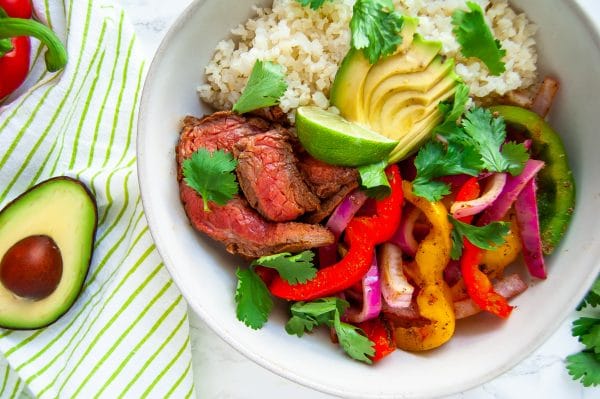
Animal-based protein sources include proteins derived from any part of an animal. Examples include:
- Beef
- Pork
- Chicken
- Turkey
- Fish
- Shellfish
- Dairy Products (i.e. milk, yogurt, cheese)
- Eggs
- Lamb
- Venison
Plant-Based Proteins
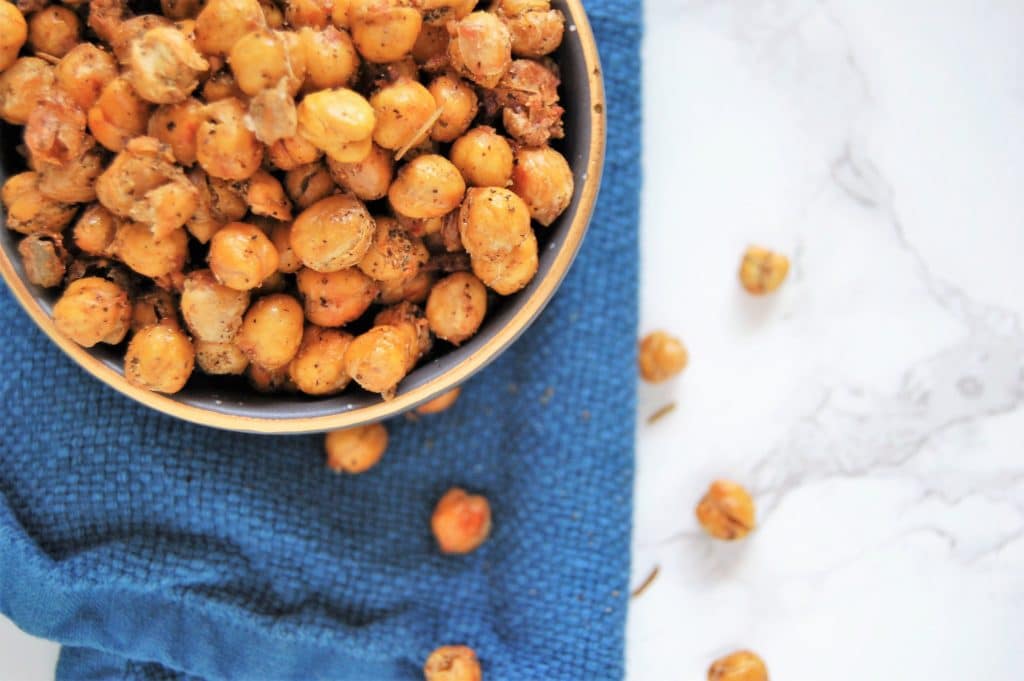
Plant-based proteins are derived solely from plants. Examples include:
- Edamame
- Tofu
- Tempeh
- Soy Milk
- Lentils
- Legumes
- Nuts
- Seeds
- Quinoa
And just a note – these lists are not comprehensive in the slightest.
What are Complete Proteins?
Complete proteins are proteins that provide all essential amino acids. All animal proteins are considered complete proteins. Plant proteins that are complete proteins include quinoa, buckwheat, soy, and chia seeds.
What are Complementary Proteins?
An incomplete protein is missing one or more of the essential amino acids. When two incomplete proteins pair that together provide all essential amino acids, these are considered complementary proteins. Examples include:
- whole wheat bread and peanut butter
- rice and beans
- whole grain cereal and soy milk
- hummus and crackers

Also, it’s important to note that you don’t have to consume complementary proteins at the same time for them to be beneficial. Our bodies are totally smarter than that! Particularly if most of your protein is sourced from plant-based proteins, aim to consume complementary proteins throughout the day to ensure all essential amino acids are available to your body.
High Protein Recipes
Some of my favorite higher protein recipes here on Nutrition to Fit include:
BEEF
TURKEY
CHICKEN
- Sheet Pan Chicken & Vegetables
- Easy Chicken Stir Fry with Garlic Ginger Sauce
- Chicken & Spinach Spaghetti Squash Bake
- Mango Chicken Salad with Cilantro Lime Dressing
- Tomato Basil Chicken Kebabs
TOFU
PORK
EGGS
- Avocado Veggie Egg Salad
- 5-Minute Breakfast Stuffed Sweet Potato
- Christmas Breakfast Casserole
- Veggie Egg Cups
FISH
- Foolproof Instant Pot Salmon
- Sheet Pan Pineapple Salmon Stir Fry
- Blood Orange Rosemary Salmon en Papillote
LEGUMES
- Pizza Dip
- Greek Lentil Power Bowl
- 3-Ingredient Black Bean Soup
- Hearty Vegetable Chili
- One Pot Lentil Pasta Primavera
- Rosemary Cumin Roasted Chickpeas
DAIRY
- Cherry Cheesecake Protein Pops
- Black Forest Grass-Fed Whey Protein Smoothie
- Wild Blueberry Lemon Ricotta Smoothie
What other questions do you have about protein? Tell me what you want to know and I’ll look to cover it in future posts! Live well!
References:
- Barzel US et al. (1998, June.) Excess dietary protein can adversely affect bone health.
- Cao JJ. (2017, December.) High Dietary Protein Intake and Protein-Related Acid Load on Bone Health.
- Dawson-Hughes B, et al. (2004, March.) Effect of Dietary Protein Supplements on Calcium Excretion in Healthy Older Men and Women.
- Shams-White MM, et al. (2017, June.) Dietary Protein and Bone Health: A Systematic Review and Meta-Analysis From the National Osteoporosis Foundation.
- Antonio J, et al. (2016.) A High Protein Diet Has No Harmful Effects: A One-Year Crossover Study in Resistance-Trained Males.
- Gannon MC, et al. (2003, October.) An Increase in Dietary Protein Improves the Blood Glucose Response in Persons with Type 2 Diabetes.
- Gannon MC, et al. (2004, September.) Effect of a High-Protein, Low Carbohydrate Diet on Blood Glucose Control in People with Type 2 Diabetes.
- Altorf-van der Kuil W, et al. (2010, August 11.) Dietary Protein and Blood Pressure: A Systematic Review.
- Appel LJ, et al. (2005, November 16.) Effects of protein, monounsaturated fat, and carbohydrate intake on blood pressure and serum lipids; Results of the OmniHeart randomized trial.

